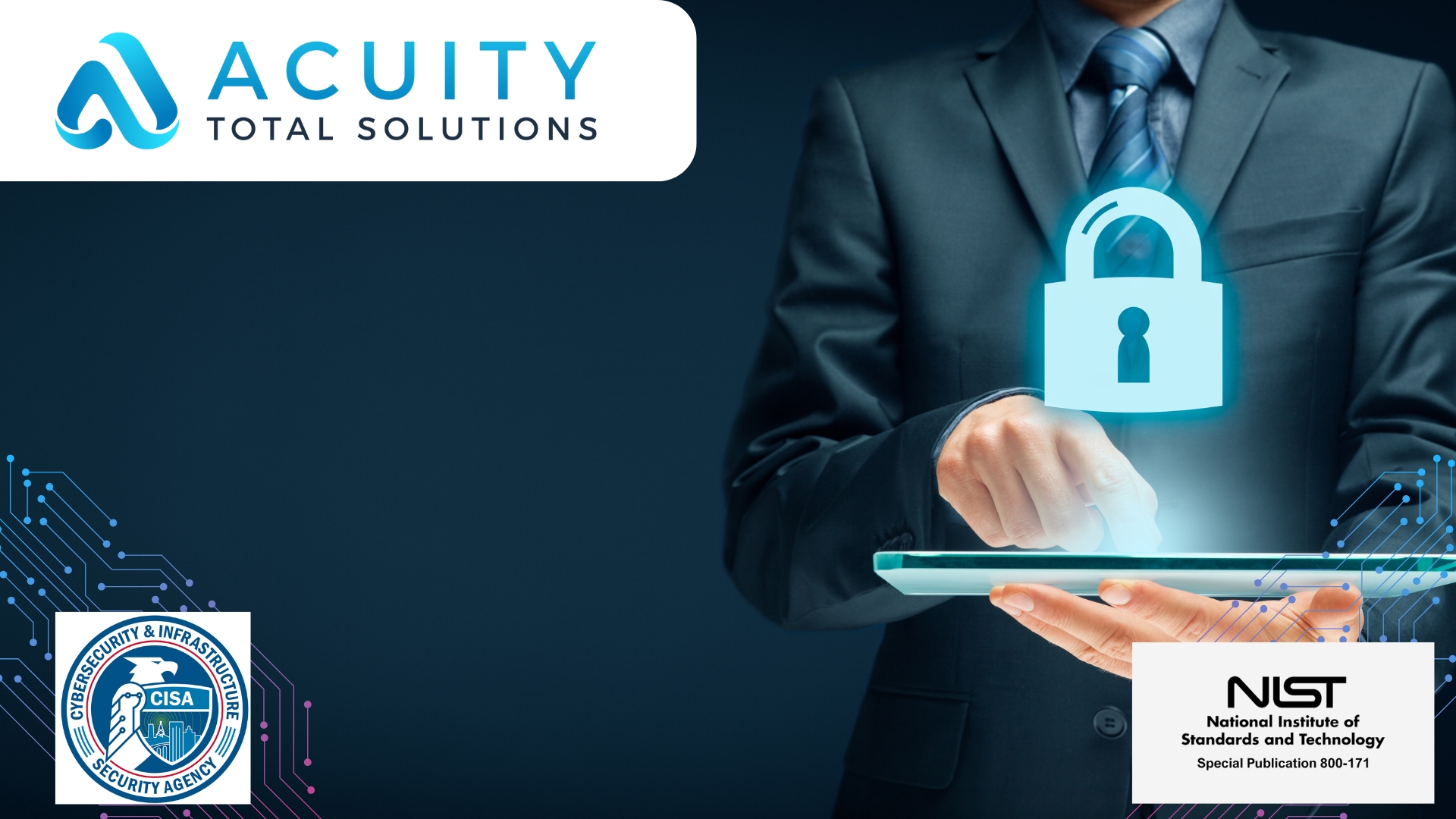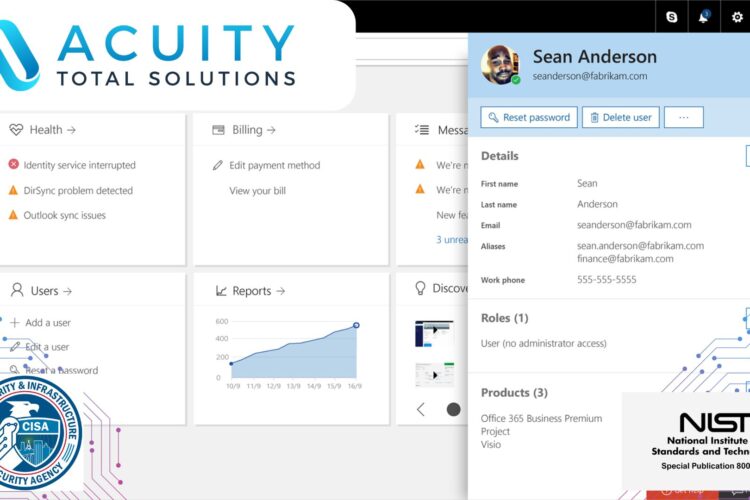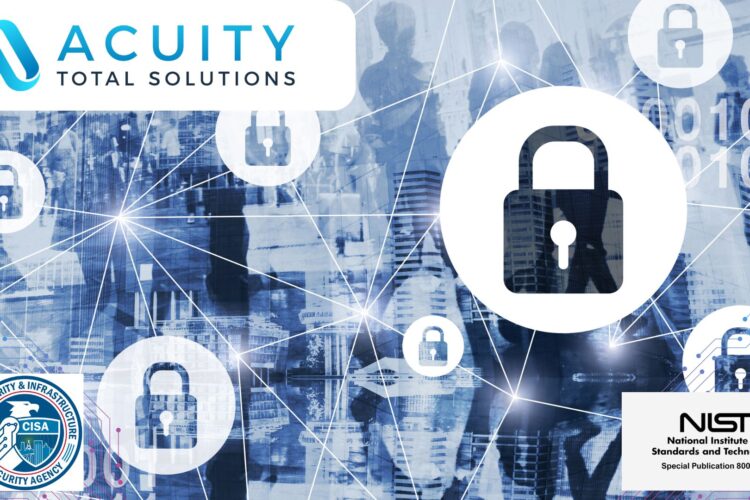
You ever notice how every company says they “do cybersecurity,” but when you actually look closer, half of them are just reselling tools or outsourcing the work overseas? Yeah. It’s kind of wild.
The worst part is that the threat landscape’s changing faster than anyone can hire. Every week there’s some new exploit, some fresh headline about another breach, and a whole new batch of acronyms promising to fix it. And meanwhile, leaders are stuck trying to find actual people who know what they’re doing, not just what to Google.
That’s the real choke point right now. Not tools. Not budgets. People.
Maybe you’ve felt it yourself. You post a role for a cybersecurity engineer and get a flood of résumés that look good on paper; certs, keywords, buzzwords, etc, but once they’re in the interview? It’s clear they can’t translate that into real-world problem solving. They might know frameworks, but can they handle a zero-day at 2 a.m. when your network’s lighting up like a Christmas tree? Can they make smart trade-offs between cost, security, and mission speed? That’s where most fall short.
And it’s not entirely their fault. The pace of change in cybersecurity is insane. Threat actors are using AI to automate phishing campaigns, while people are still waiting on budget approvals for endpoint updates. It’s not a fair fight. You need people who not only understand the current threat environment but can anticipate where it’s going. That’s what separates a reactive security posture from a proactive one.
Where Acuity Total Solutions comes in
Obviously, everyone claims to be “different.” But the difference here isn’t in some flashy new framework or a pitch deck full of buzzwords. It’s in how Acuity builds and supports teams. Real ones.
They start with mission understanding: what the organization actually needs to protect and why. That might sound obvious, but it’s shocking how many cybersecurity programs miss this part. They chase compliance checkboxes or spend millions hardening systems that don’t even connect to mission-critical assets. Acuity takes a step back and asks, “What’s your mission? What’s your risk appetite? What’s keeping your decision-makers up at night?” Then they tailor security operations around that.
Cost efficiency matters too, especially for government and corporate environments where every dollar has to justify itself. Acuity’s model isn’t about throwing expensive tools at problems. It’s about optimizing performance with the right mix of technology, automation, and human expertise. That’s a subtle but important difference.
Quality over Quantity
Think about it this way: you could hire five mid-level analysts who each do one thing decently, or one senior engineer from Acuity’s network who builds automated detection scripts that handle what those five would’ve done manually. Same coverage. Better results. Lower cost. That’s cost efficiency in practice, not the kind that shows up as a slide in a quarterly report, but the kind you actually feel in day-to-day operations.
And the performance piece? That’s where Acuity really shines. Their people aren’t just cybersecurity specialists; they’re integrators. They understand how security ties into performance, uptime, and mission delivery. Because in environments like defense, intel, or critical infrastructure, downtime isn’t just inconvenient- it’s dangerous.
We believe that we don’t just patch vulnerabilities; we patch how people think about security. It’s one thing to improve systems. It’s another to improve culture.
And maybe that’s the most underrated part of cybersecurity modernization, the human layer. You can’t modernize security without modernizing how teams collaborate, how leaders make risk decisions, how communication flows when something goes wrong. Acuity’s teams don’t just drop in, fix things, and leave. They embed. They teach. They transfer knowledge so that when they roll off, your internal team’s stronger, not dependent.
That’s the kind of partnership you need in this landscape. One that treats security as a living, breathing part of the mission, not a separate box to check.
Finding Qualified Partners
Finding the right partner isn’t easy, and of course, we like our qualifications. But you’ve got hundreds of vendors to choose from, each promising “next-gen” this and “AI-powered” that. But most of them miss the point. Cybersecurity modernization isn’t about chasing the newest acronym, it’s about building resilience that lasts.
If you’re in the middle of that search right now, trying to find qualified IT professionals who won’t just clock in but show up for your mission, here’s our advice: look for depth, not flash. Look for partners like Acuity who understand that efficiency isn’t about cutting corners; it’s about smart allocation. Who see performance not just as system uptime but as mission readiness. And who measure success not by ticket closures, but by your team’s confidence when things go sideways.
You want to know that when the next breach headline drops, your team’s not scrambling. They’re calm. Focused. Ready. That’s what happens when you’ve got the right people and the right partners in place.
Cybersecurity’s not slowing down anytime soon. The threats are getting sharper, and the talent pool isn’t magically expanding. But the organizations that will thrive, the ones who stay ahead, will be the ones who stop chasing tools and start building trusted relationships with people who actually get it.
Where to Start
Find the partner who listens before they prescribe. Who understands the mission before they architect the solution. And who’s as invested in your performance as you are in your protection.
That’s the mark that Acuity Total Solutions strives to hit. For a free consultation, contact us by clicking HERE.


